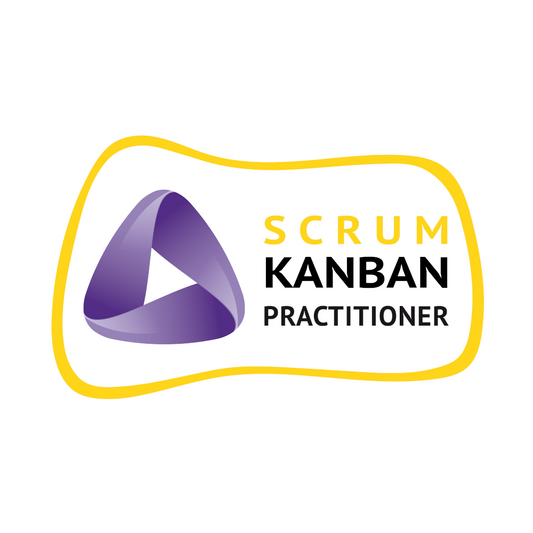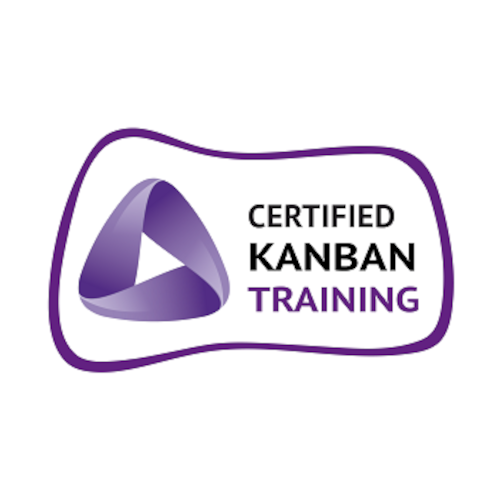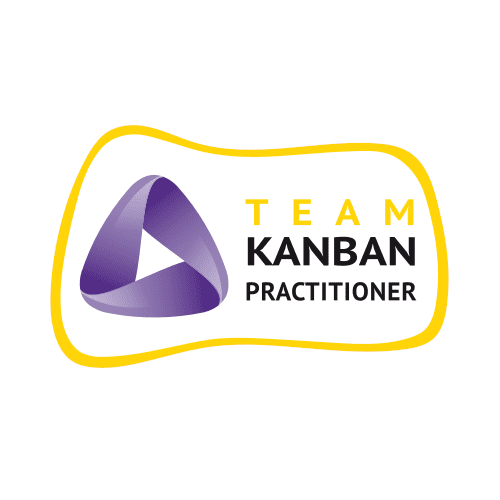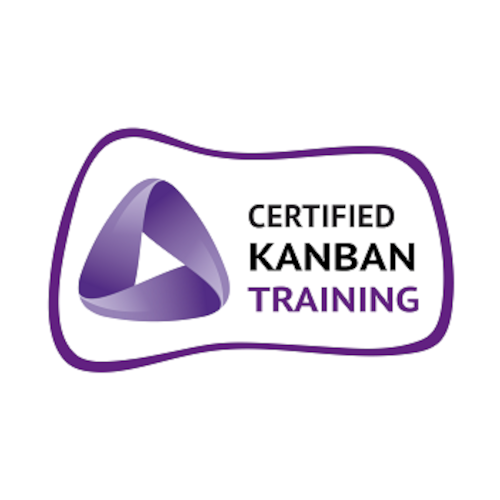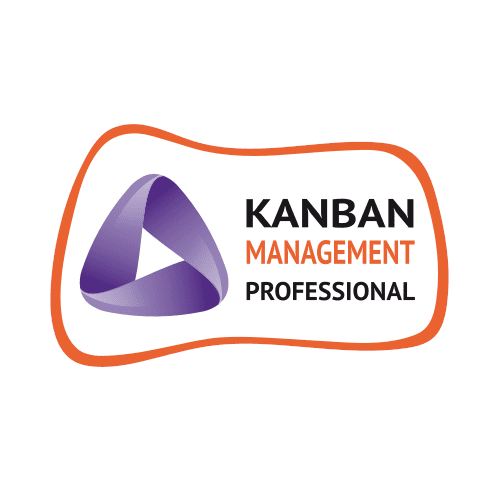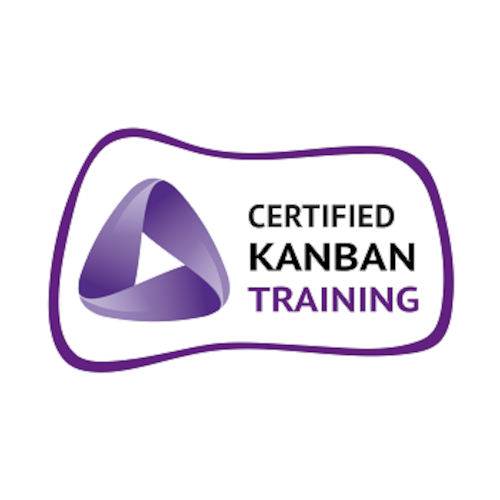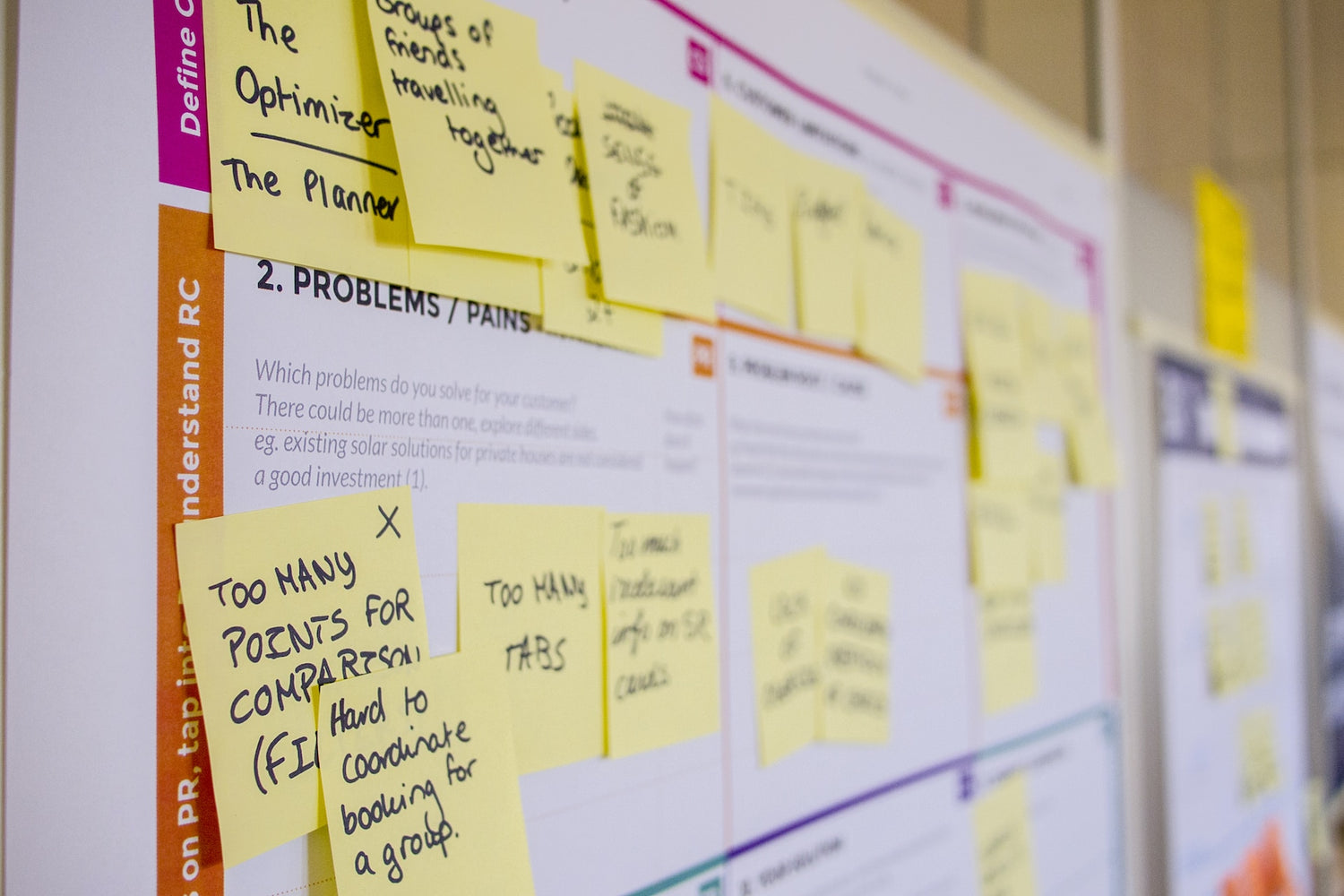
Consulting and coaching on agile methods
Do you finally want to use agile methods properly?
With my consulting services, I support you in the conception of agile change and its practical implementation!
-

Kanban
Learn More About KanbanWould you like your teams to increase the quality of deadlines and delivery commitments? Then Kanban is the right method!
-

Scrum
Learn More About ScrumI help your teams in product development with Scrum. Your Scrum is broken? Let's fix it together!
-

Objectives and Key Results
Learn More About OKRsAlignment between the things teams work on and the goals of the organisation? We can do it - with OKRs!

Kanban at AgileSkills
Do you want your teams to be able to name plannable, realistic deadlines?
Time and again, there is a wide gap between the delivery dates specified by teams and the actual delivery reliability. This is often due to a lack of maturity of the underlying processes.
With my consulting, I support you as a Kanban Coach in the introduction of Kanban to optimise your flow and finally have predictable processes! Your customers will love it!
My consulting and coaching for the introduction of Kanban
Request Kanban Workshop Now-
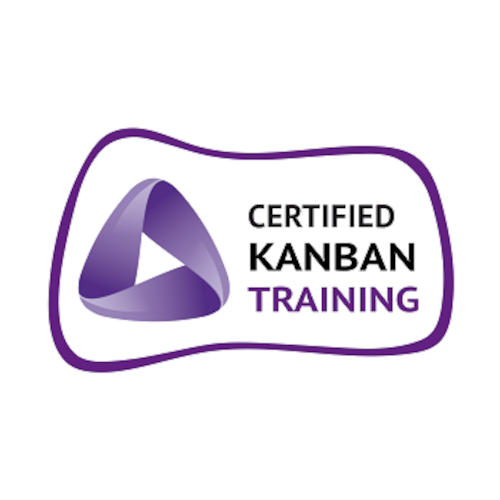
Accredited Kanban Training by Kanban University
As an Accredited Kanban Trainer from Kanban University, I can provide you with advice and support when introducing Kanban, training the method and scaling it through your organisation. In the background, the Kanban University network is available for professional exchange and discussion of solutions.
-
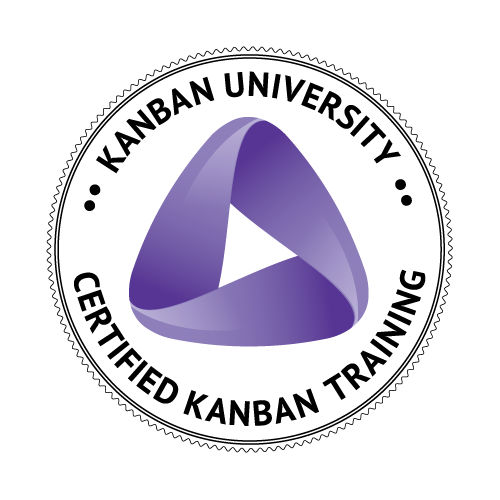
Kanban Workshops
In STATIK workshops for the introduction of Kanban, we design specific Kanban systems for your teams, workflows and value streams. Every Kanban system is different! Do not copy systems! I help you to introduce Kanban, to evolve it, as well as to scale it through your whole organisation!
-
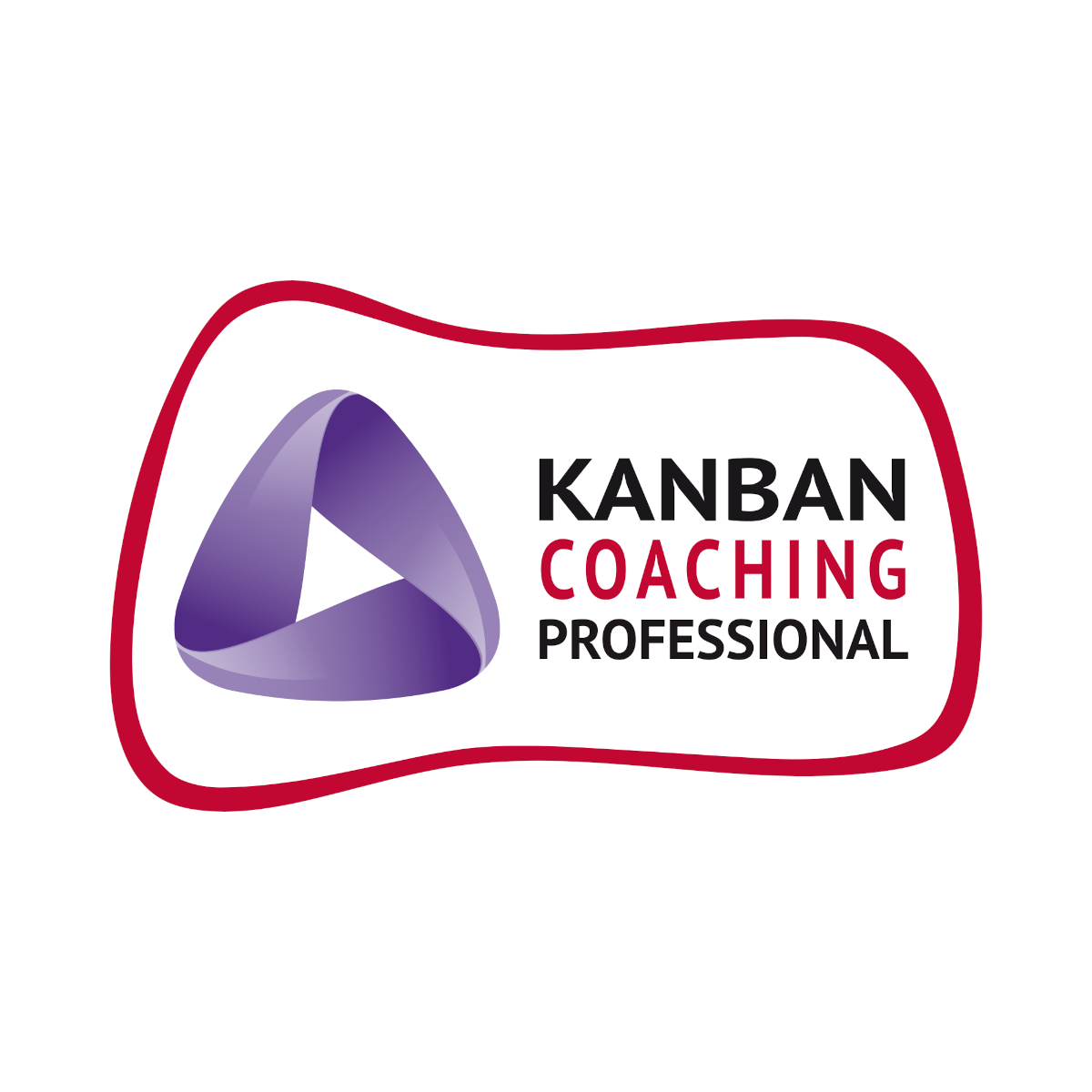
Certified Kanban Coaching
More About meAs a certified Kanban coach, I accompany you on the entire path of change. From Kanban trainings, to the introduction of Kanban in individual teams, to the scaling of Kanban along the value streams through the organisation. The success of your company and the satisfaction of the customers are the measure of success.
Visit my Open Kanban Classes and Trainings
Do you want to develop yourself further? Or do you, as a company, want to send an employee to an open training in which the focus is on the exchange with other users?
My open Kanban classes are just right for you!
-
Scrum Better With Kanban
Regular price €640,00 EURRegular priceUnit price / per€800,00 EURSale price €640,00 EURSale -
Team Kanban Practitioner
Regular price €640,00 EURRegular priceUnit price / per€800,00 EURSale price €640,00 EURSale -
Kanban Systems Improvements
Regular price €1.280,00 EURRegular priceUnit price / per€1.600,00 EURSale price €1.280,00 EURSale

Scrum at AgileSkills
Your Scrum is Broken?
Since its introduction, Scrum has become one of the most widely used frameworks in the agile development of software and products. Unfortunately, it rarely "works" properly.
I help you "fix" your Scrum, and your teams can finally experience the promised effects and benefits of Scrum!
This is how I support you in the implementation of Scrum!
Request Support for Scrum-
As Scrum Master in the Team
I support your Scrum teams in their daily business as a Scrum Master. In doing so, I bring my entire expertise and experience from customer projects in different domains and product categories to bear for your benefit.
-
Team Assessment
I accompany your Scrum teams over a certain period of time to evaluate the quality of the current implementation of Scrum. As a result, you will receive a detailed analysis and suggestions for improving your Scrum.
-
Coaching of all Roles
I support your Scrum Masters, Product Owners and Developers in their day-to-day business and coach them on the job. Your employees will benefit from my many years of experience in many development teams, domains and company sizes.

OKRs at AgileSkills
You want everyone in the company to pull in the same direction?
Objectives and Key Results - OKR for short - are a method with which we can define goals that build on each other at all levels of the company and make them truly measurable.
With Objectives and Key Results we derive measurable goals and results from the vision and mission of your company!
This is how I support your company with OKRs!
Request Support on OKRs-
Introduction of the method and clarification of terminology
I support you in the introduction of Objectives and Key Results in your company. The focus is on understanding the method and how to effectively formulate objectives and key results. Furthermore, we create the understanding that OKRs are not suitable to be linked to individual objectives.
-
Development of OKRs in goal workshops
More about my goal workshopsTogether we develop objectives and key results for your organisation in workshops. This can be at the strategic, tactical or operational level. The goal is a clear definition of the objectives for the next cycle and their clear measurability.
-
Check-ins and tracking of defined OKRs
Once OKRs have been developed, I support you throughout the entire OKR cycle in operational implementation. Be it through regular check-ins of the agreed targets or by aggregating the results achieved.







